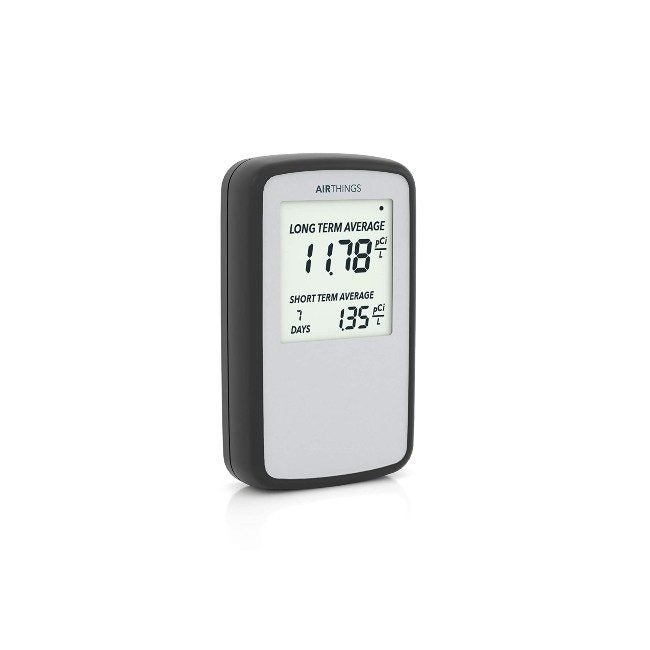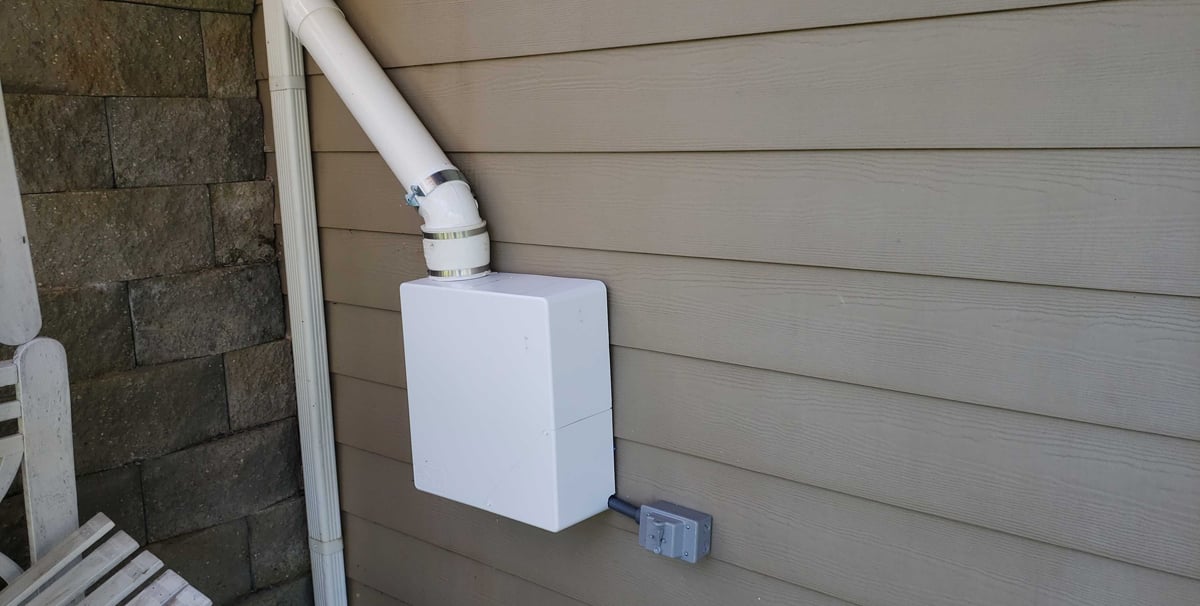If your home has raised radon levels, Air screening is the only means to know One out of four houses may have radon levels that surpass the EPA activity guideline of 4 pCi/L. Radon gas that moves from under the ground can move into interior areas, such as cellars as well as crawl rooms. Once inside an enclosed space, such as a house, radon can build up. Therefore, radon levels found in a residence are normally higher than the ordinary outdoor radon focus of 0.4 pCi/L (picocuries per liter of air).
But think about acting if radon levels are in between 2-4. Bear in mind that radon risk complies with a linear contour of the time vs the quantity subjected to it plus the extra aspect that each individual may be basically vulnerable to radon associated cancer cells. You can not see, smell or preference radon, but it might be a problem in your house.

The United States EPA was entrusted with establishing sensible guidelines and also referrals for the nation. To this end, the US EPA has established an activity degree of 4 pCi/L. At or above this degree of radon, the EPA suggests you takecorrective procedures to lower your direct exposure to radon gas. This does not indicate that a degree below 4.0 pCi/L is thought about acceptable, as specified in the BEIR VI research.

Why Is Radon An Issue?
- At or over this degree of radon, the EPA suggests you takecorrective procedures to minimize your exposure to radon gas.
- Radon Act 51 gone by Congress established the natural outside degree of radon gas (0.4 pCi/L) as the target radon degree for interior radon levels.
- However two-thirds of all houses surpass this degree.
- To this end, the United States EPA has established an action degree of 4 pCi/L.
- The United States EPA was entrusted with establishing practical standards as well as recommendations for the country.
Although it can leak directly via pores in concrete, the worst entrance factors are spaces in walls and also floorings (see photo above). Any kind of home, of any kind of age, in any type of state, can have elevated radon degrees, the EPA cautions. It truly depends upon the method your certain house engages with the surrounding soil.
These fragments can be breathed in into the lung and pound https://5e019cc632c12.site123.me/#section-5f2e128bf7675 your cells with unsafe, cancer-causing radiation.4 Smoking and radon direct exposure can independently enhance the danger of lung cancer. However if you smoke, understand that direct exposure to both significantly enhances the risk of lung cancer cells.
It is estimated that a decrease of radon degrees to listed below 2 pCi/L nationwide would likely reduce the yearly lung cancer cells fatalities attributed to radon by 50%. Nonetheless, despite an action degree of 2.0 pCi/L, the cancer danger presented by radon gas is still numerous times more than the dangers permitted health hazards in our food as well as water. The US EPA has placed it clearly, stating, "Any radon exposure has some threat of triggering lung cancer cells. Radon gas is a naturally-occurring byproduct of the radioactive decay of Uranium in the soil. Depending on your geographical location, the radon levels of the air you breathe outside of your home might be as high as 0.75 pCi/L.